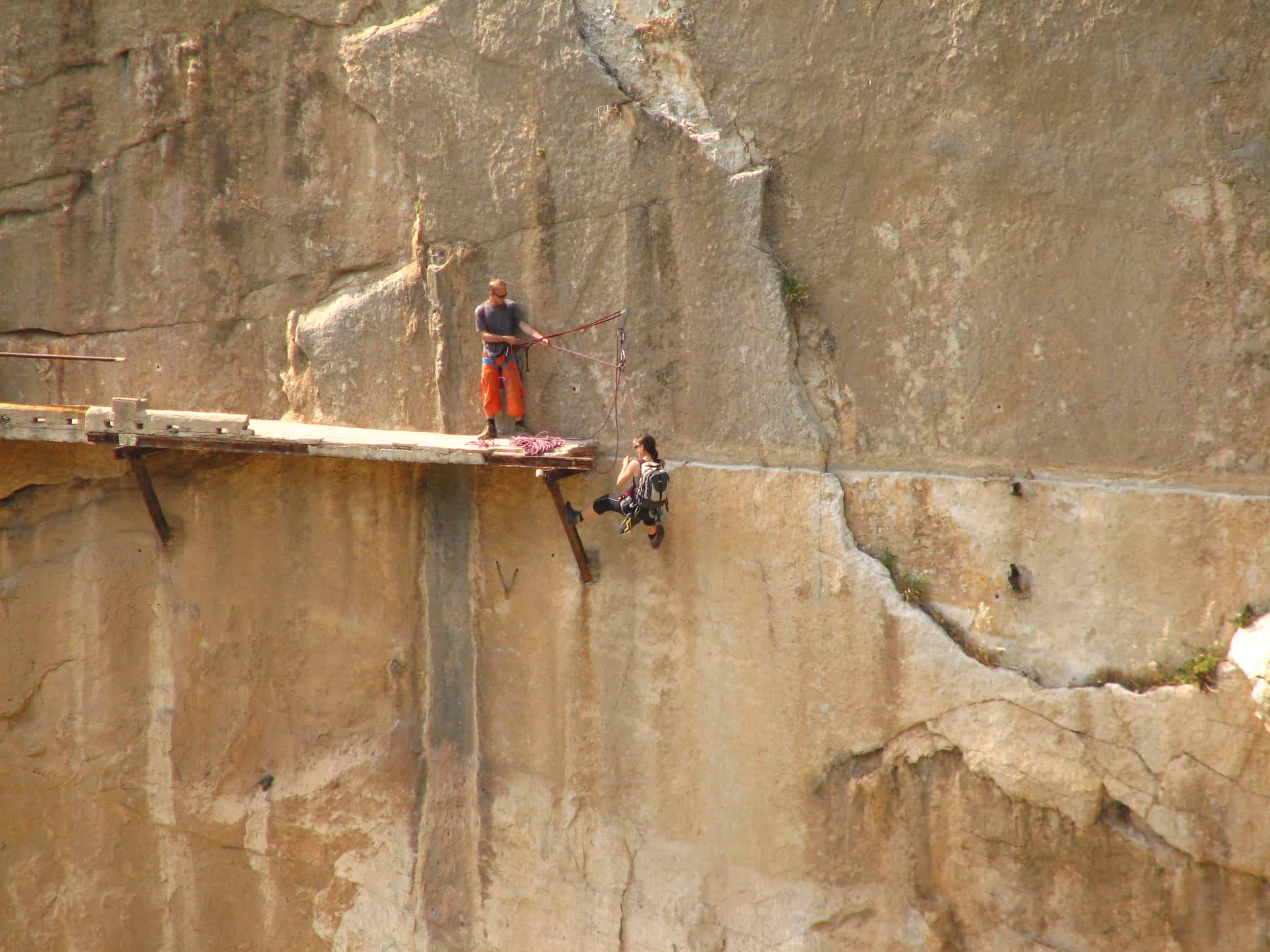With 700 kilometres of coastline, hundreds of Moorish ruins and a reputation for some of Spain's most beautiful countryside, visitors will never run short of reasons to plan a trip to Andalucía. While its largest cities are some of the most attractive options, there is a whole country to explore out there with wonders that few visitors ever make it to. Those willing to put in the footwork will unlock a whole new side of Spain in Andalucía.

Desert of Tabernas in Almeria
Considered the only proper desert area on the European continent, the Desert of Tabernas provides unexpected, yet breath-taking scenery in the most unexpected places. Those who are familiar with typical Andalucían scenery will be particularly surprised. The desert is in stark contrast with the rest of this area of Spain. The Desert of Tabernas is characterized by its set of gullies that are criss-crossed by torrential rivers which only in use when it is carrying water, mud and stones during particularly wet days. As such, visitors should always be aware of the weather in the surrounding areas. These gullies can go from bone dry to a raging river in the matter of hours. However, visitors who stick to the high grounds can enjoy this unique desert on all occasions. With a complete mix of brush land as well as both sand dunes and sandstone mountains, there is a lot to explore in this wide area. Fun fact: a popular film site, this desert has been a stand-in for many foreign locations. Relics of filming can be found scattered throughout.

Sierra Nevada in Granada
From the Desert of Tabernas to the snow-capped peaks, the Sierra Nevada Mountains in Granada are just one more fantastic example of the sheer diversity within Andalucía. The mountains sit outside the fabulous Moorish city and serve as a cool escape for the city's residents. Visitors can explore the rocky crevasses picking the unique Sierra Nevada violets or enjoy the many glacial valleys like the Seven Lagoons. At lower altitudes, the snow white scenery transforms into rich deciduous forests where maple, cherry, chestnut trees dominate the scenery. A number of hiking trails run through the mountains at lower altitudes, but as visitors get higher up, skiing and snowshoeing become the activities of choice. This is the perfect spot for visitors who like to enjoy both a variety of sport and scenery.

El Torcal in Malaga
Over the past thousands of years, the limestone rocks in El Torcal have been modeling themselves and adapting curious shapes that standout in the landscape. As it stands today, these unique rocks sit as one of the most significant examples of the karst landscape in Spain. However, the area of El Torcal wasn't always as easily accessible as it is today. El Torcal was once part of the seabed, a history that has helped shape the landscape into what we see today. This history under the sea has also lead to a number of important ancient fossil discoveries in the area. While not all visitors will be lucky enough to find a fossil as they wander among the mushroom-shaped rocks, the area still has other thrills. The most popular vista lies upon the park's most famous rock, named "the screw." From the top, visitors get an amazing view of the park and the area is also used as an amateur observatory for the stars at night.

Caminito Del Rey in Malaga
Caminito Del Rey is one of the most infamous hikes not only in Spain, but the world. It is truly a trek for the stupidly brave or bravely stupid. The entirety of the hike takes place tracing huge limestone cliffs near the village of El Chorro. There are no cliff ledges to walk, though, just a concrete path held up by steel beams bolted into the cliffside. The path looks as though it could fall away at any moment, but the truly terrifying truth is that it already has in some spots. This decrepitude has created gaps in the trail, which become just one more obstacle to overcome. It's no short fall down either, as the hike takes place 100 metres in the air. Of course, there are places to clip onto a safety cable, but the Caminito Del Rey is no place for those with a fear of heights. It is a dangerous trek, to be sure, but this 100-year-old trail is still one of the most beautiful treks in the country.

Playa De Bolonia in Tarifa
Anyone that has thoroughly explored the coastline of south Spain knows that the beaches are crowd after crowd and resort after resort. The Playa de Bolonia beach in Tarifa is one of the last unspoiled beaches to be found in southern Europe. There are no resorts, few crowds and the fine golden sand dunes are an impressive sight. Near the beach lies the ruins of the Roman city of Baelo Claudia that remain in excellent condition. Between exploring the ruins, the sand and the crystal clear water, visitors will find enough do at Playa de Bolonia to fill a hundred vacations.
Have you visited any of these Andalucia outdoor hotspots?
We want to know - comment below!


